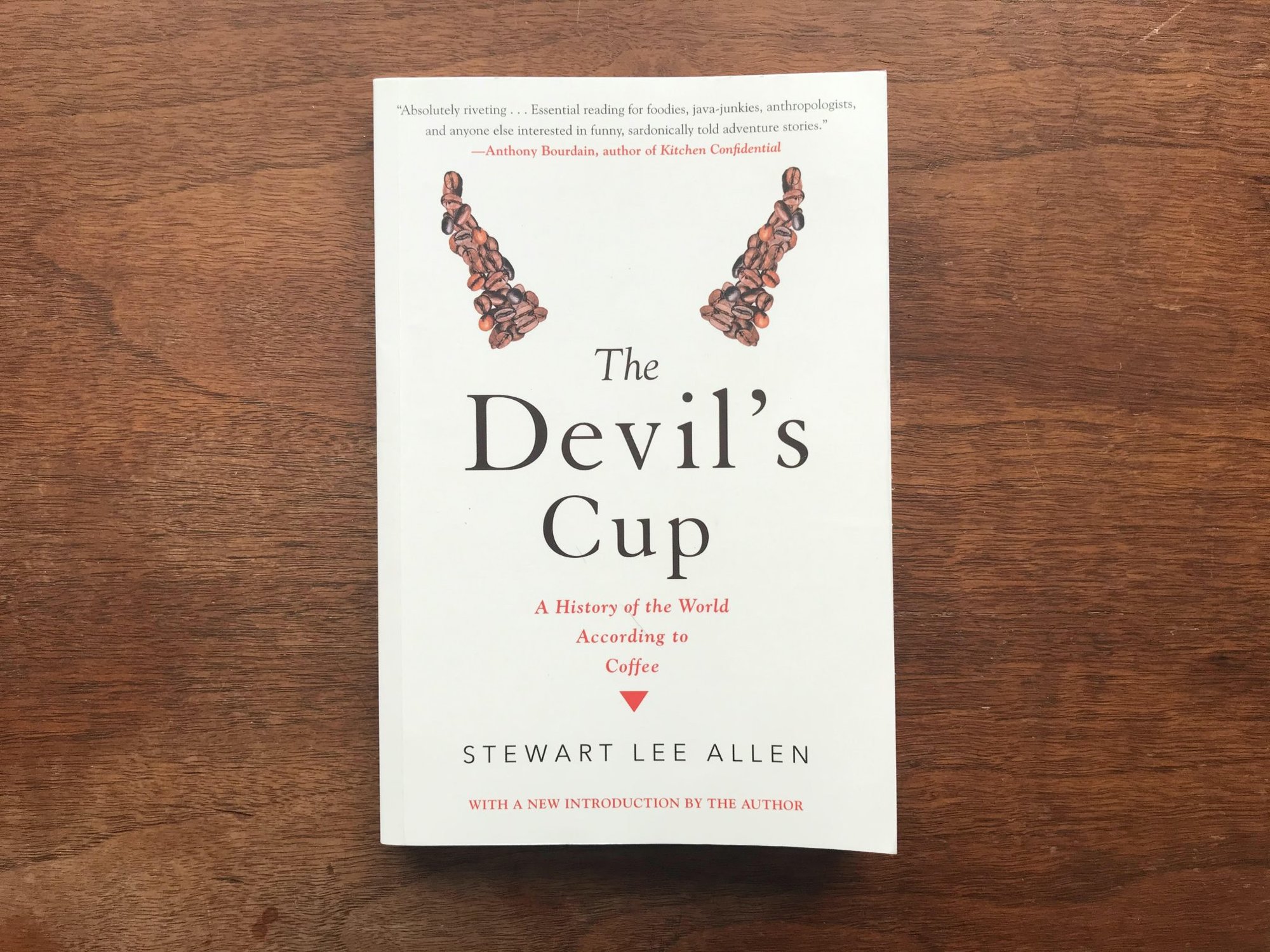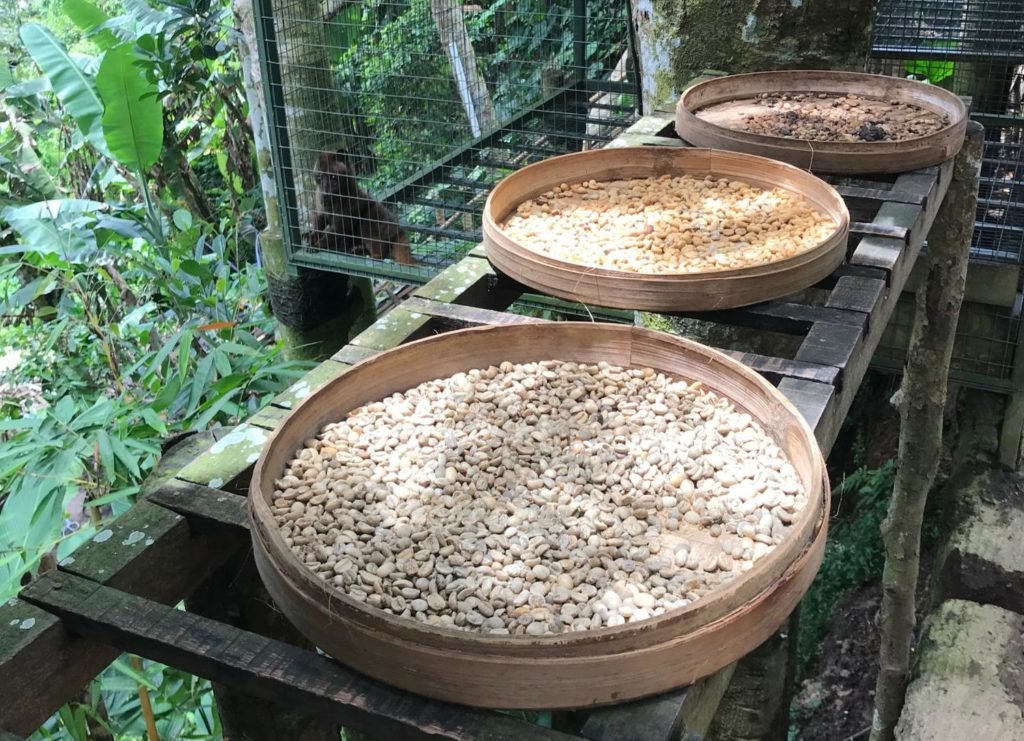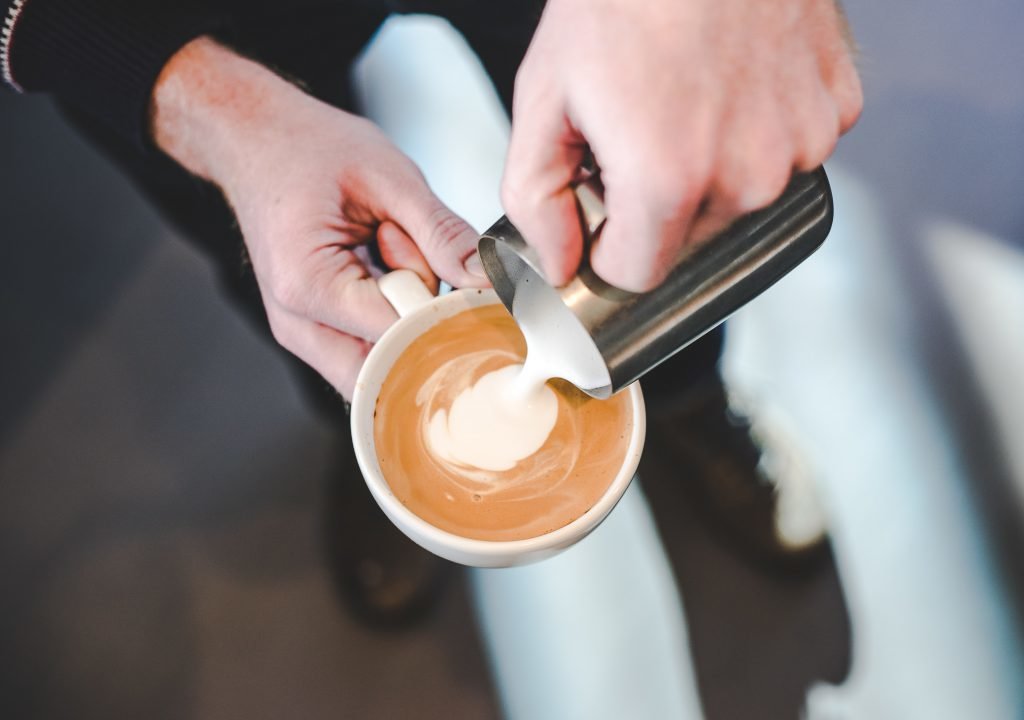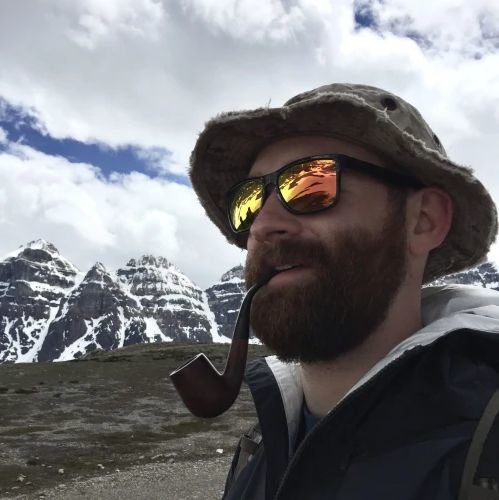10 Facts About Coffee From: ‘The Devil’s Cup: A History of the World According to Coffee’

Photo by Mac Caltrider/Coffee or Die Magazine.
Stewart Lee Allen’s travel book, The Devil’s Cup: A History of the World According to Coffee, is much more than a story about a drink. This book is a must-read for coffee fanatics as well as history buffs. By following the discovery of the coffee plant in Ethiopia (or was it Yemen?) to the spread of coffee drinkers across Africa, Asia, Europe, and eventually the Americas, Allen is able to retrace much of human history. He describes the fascinating ways in which coffee has drastically shaped the course of our species’ history, for better and for worse.
Still not convinced to pick up a copy to go with your morning cup of Black Rifle Coffee? Here are 10 interesting facts to pique your curiosity:
Mocha latte owes its name to the port of Mocha, Yemen, where mocha beans have been packed and shipped for worldwide distribution since the 15th century.
For hundreds of years it was intentionally avoided by European traders because of rumors of danger — specifically, that it was guarded by dragons and deadly disease. These rumors were created and spread by the Yemenis to protect their myrrh fields from potential raiders.

Egypt’s legendary drink, nepenthe, may actually have been an early form of the Frappuccino. Nepenthe was a mythical potion or elixir that could rid one “of pain and sorrow.” The legendary drink shows up throughout literature, including in Homer’s The Odyssey and Edgar Allan Poe’s The Raven, but in reality, nepenthe could simply have been an early version of a cold, sugar-heavy coffee drink.
The most expensive cup of coffee in the world is made from cat feces.
Sold in America under the name of kopi luwak, the coffee is made from beans that have been digested by Indonesian palm toddy cats, or civets. While Americans can claim ownership of the most expensive cup, the majority of cat-digested coffee is bought by Japan.
Europe’s first coffeehouse opened in 1650; within 50 years that number exploded to more 2,000 in London alone.
Coffeehouses gave the British a place besides taverns to socialize and share ideas. Prior to the popularity of coffee, the average Brit drank 3 liters of beer a day. This swap, from drinking depressants to stimulants, resulted in the creation of some of the world’s largest businesses (London Shipping Exchange, East India Company, and Lloyd’s of London).

The name “cup of Joe” comes from US Navy Admiral Josephus “Joe” Daniels.
Admiral Joe outlawed alcohol aboard US Navy ships, ending the days of hard drinking at sea, and replaced it with coffee. The modern US Navy is now a navy hooked on Joe. The Navy ration of a daily half-pint of rum was a tradition adopted from the Royal Navy, which continued issuing “the Queen’s rum ration” until 1970.
A stubborn monk is responsible for cappuccinos.
Matteo, a disciple of St. Francis and a coffee fanatic, had a vision in which St. Francis visited him while wearing a pointed hood or hat. Matteo was fond of the phantom hat and adopted it, despite pushback from the church. From this, the Capuchin order was born. Capuchin, meaning hood, stood for both the pointed hat Matteo wore, as well as the “cap” of steamed milk that sits atop cappuccinos.
Coffee was once considered the drink of the vanquished.
The idea that coffee was a drink for the defeated was especially true in Germany, where in 1777 Frederick the Great banned the drink altogether. He is rumored to have said, “It is disgusting to notice the increase in the quantity of coffee used by my subjects. […] Many battles have been fought and won by soldiers nourished by beer, and the king does not believe that coffee-drinking soldiers can be relied on.”

England favored tea over coffee for financial and foreign-policy reasons.
As Allen explains, “France held most of the Caribbean, Portugal controlled Brazil, and Indonesia belonged to the Dutch. This meant that every cup of java downed by British subjects put money in the pockets of European competitors.” The British ultimately invaded China and got the populace hooked on opium during the Opium Wars. This allowed Britain to buy tea for half the price of coffee, and thus was born the British obsession with tea.
America’s love for coffee began over politics.
In an effort to lower the debt left over from the French and Indian War, Britain increased taxation on several American imports, most notably tea. In protest of this “taxation without representation,” Bostonians dressed as Mohawk Indians dumped more than 300 chests of tea into Boston’s Harbor. Afterward, it was considered unpatriotic to drink tea. By choosing coffee over tea, Americans could demonstrate their patriotism while sipping a hot caffeinated beverage.
President Andrew Jackson fed the US Army coffee with the hopes of eliciting more aggressive behavior.
Swapping rum for coffee officially made the Union Army the first formally caffeinated troops since Ethiopia’s Oromo warriors. The federal government purchased more than 40 million pounds of coffee annually for troops during the Civil War.
Stewart Lee Allen’s book is packed with amazing coffee facts and will make you reexamine your view of human history. His love of coffee and thorough historical research are told in conjunction with misadventures, while he tries to find the world’s best cup of Joe. It’s the perfect companion for your morning brew, and it will leave you with a deeper appreciation for the beautiful roasted drink known historically as “the Devil’s cup.”

Mac Caltrider is a senior staff writer for Coffee or Die Magazine. He served in the US Marine Corps and is a former police officer. Caltrider earned his bachelor’s degree in history and now reads anything he can get his hands on. He is also the creator of Pipes & Pages, a site intended to increase readership among enlisted troops. Caltrider spends most of his time reading, writing, and waging a one-man war against premature hair loss.
BRCC and Bad Moon Print Press team up for an exclusive, limited-edition T-shirt design!
BRCC partners with Team Room Design for an exclusive T-shirt release!
Thirty Seconds Out has partnered with BRCC for an exclusive shirt design invoking the God of Winter.
Lucas O'Hara of Grizzly Forge has teamed up with BRCC for a badass, exclusive Shirt Club T-shirt design featuring his most popular knife and tiomahawk.
Coffee or Die sits down with one of the graphic designers behind Black Rifle Coffee's signature look and vibe.
Biden will award the Medal of Honor to a Vietnam War Army helicopter pilot who risked his life to save a reconnaissance team from almost certain death.
Ever wonder how much Jack Mandaville would f*ck sh*t up if he went back in time? The American Revolution didn't even see him coming.
A nearly 200-year-old West Point time capsule that at first appeared to yield little more than dust contains hidden treasure, the US Military Academy said.












